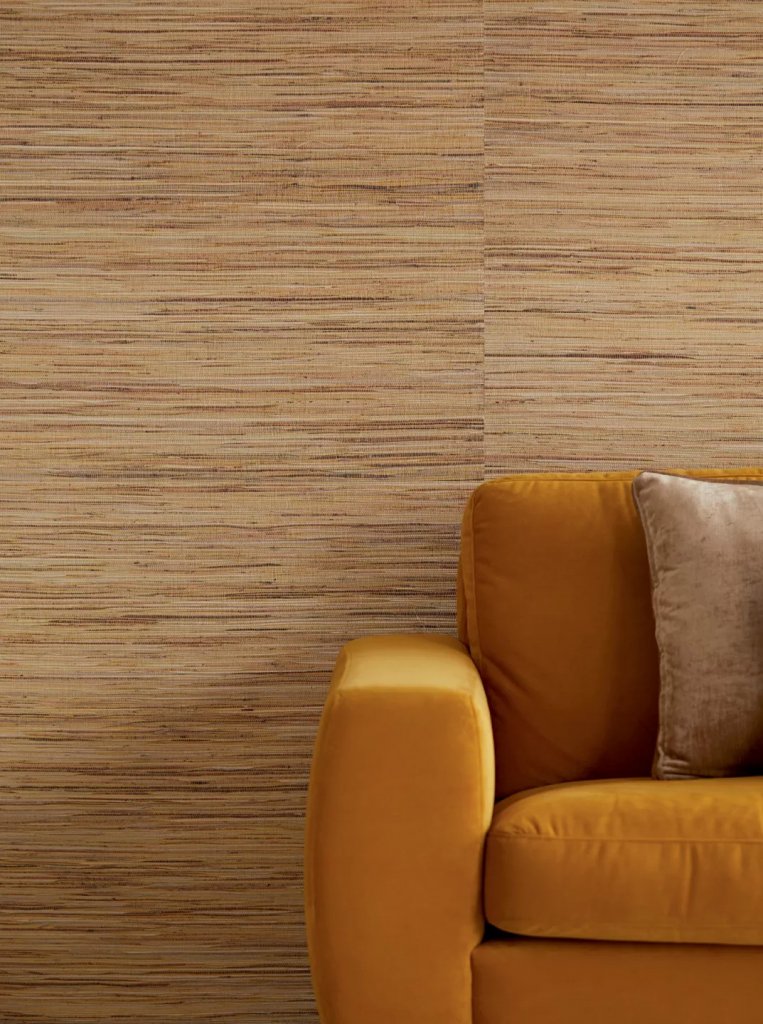When we hear the word “wallpaper” our mind, especially for those of us not on the younger side of life, floats to memories of the childhood. Our ancestral family homes, with those beautiful, if a little tattered walls decorated with carefully drawn motifs, or those yellowing polaroid pictures of our childhood, with eclectic geometries and sparkling colours populating the background of our homes.
Ask anybody in interior design or a bit younger and the answer is sure to be different, since this type of wall décor has witnessed an incredible renaissance in the last decade. This has been due to a multitude of factors, including a partial rejection of the white, monochrome sterile interiors that had dominated for almost twenty years and the desire to return to a more colourful and striking environments. One further reason that must not be underestimated has been technological evolution.
Like for most of the appliances, devices and everything else that surround us, wallpaper has benefitted from the enormous leaps modern production methods have brought to us. Innovative printing techniques and materials have become available at a reasonable cost and have transformed its composition, making it more robust, flexible and easy to install and remove.
Today’s wallpaper is not only an effective and economical tool for transforming a room but also perfect for creating a specific atmosphere in workspaces. With the rise of home offices, selecting a cool office wall decor becomes essential in blending functionality with personal style. The materials used in modern wallpapers are varied, technically efficient, and stylistically attractive, making them ideal for a professional environment that’s also comfortable and health-conscious.
The versatility of wallpaper is unmatched, offering the unique benefit of quick replacement to adapt to new styles or colour schemes. For homeowners intrigued by the idea of adding depth and warmth to their living spaces, incorporating brown accent wall ideas can transform a room into a cozy retreat while staying on-trend with current design preferences. Technological innovation in this sector continues apace and new models with previously unimagined features are now available on the market. Unfortunately, there is a flip side of the coin: the globalisation of the economy, the relentless push to lower costs combined with worldwide shipping have made possible for many low-cost manufactures to produce and offer to our markets cheap models produced without making sure health standards are respected.
For this reason, it is extremely important to make sure we know what we are buying before choosing based on factors like style and price. It really pays off to check where the model we are interested in has been produced and whether it has the proper certification. This is important for our health, as cheap wallpapers can contain polluting ingredients. The exhalations they produce can on the long run worsen asthma and other respiratory illnesses. Furthermore, many wallpapers available today are produced using non-ecological industrial processes and contain a substantial percentage of plastic, which makes them non-recyclable.

Until now, the production processes have not made it possible to create truly compostable ecological wallpaper, as even those that use natural products require synthetic glues to bind the natural material together, making the whole product unsuitable to be placed in the compost bin at the end of its life cycle. Luckily there are several models of eco-friendly wallpapers that are produced with unpolluted materials and resource-saving production processes.

Amongst them is worth noting a revolutionary models brought to the market by a small German manufacturer, called Veruso Lino. This wallpaper is one of the first models available in the world that is entirely compostable. This is due to its composition, as it is made exclusively from plant-based raw materials, primarily flax fibres, mixed with natural viscose, created through an environmentally friendly production process. The wood used to produce these fibres comes from FSC-certified sustainable forestry, so no harm is done to the environment, as all trees used are replaced once cut.
The result is a soft, warm, sound-absorbing and insulating wallpaper that, once placed in the composting bin, returns to the natural cycle without generating toxins. For those interested in a more sustainable type of life, without having to compromise on the beauty of their homes, this could be indeed an interesting choice.

